Sustainability Project Transforms Cafeteria Waste into Usable Compost
Remember scraping off your tray in the lunchroom as a kid? Did you ever think about where that waste was going or if it could be more than just garbage? One nonprofit in Silver City, New Mexico is getting its hands dirty and helping kids and school districts reduce lunchroom waste into a valuable learning experience.
The New Earth Project is developing compost processes to create a symbiotic relationship and benefit the community. Carol Ann Fugagli, Education and Outreach Director for the Upper Gila Watershed Alliance and the New Earth Project, explained how they use everyday materials to teach students about climate change and sustainability.
“The looming climate and biodiversity crisis is a real existential threat, and we want to create community resilience,” Fugagli said. “We are focused on educating, inspiring, and empowering youth in our community through educational activities and employment opportunities.”
Carbon capture through composting
New Earth collects food surplus from three school cafeterias and combines it with woody biomass, agricultural byproducts, and biochar in Johnson-Su compost bioreactors. Every week, they fill these bioreactors with this waste and divert approximately 1200 pounds of food waste from the local landfill. The Johnson-Su composting method is a static, aerobic process that produces a diverse, fungal-dominant mix that interacts with plants to sequester carbon in soils, increase water infiltration and retention, fix nitrogen, and increase plant growth.
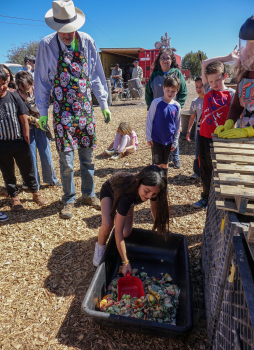
Students participating in the New Earth Project biochar effort in New Mexico.
To increase the value and effectiveness of the compost, they add 10% biochar into the mix. Biochar is a charcoal-like substance made by burning organic material from agricultural and forestry wastes (wood chips, logging slash, manure, or other plant byproducts) in a low-oxygen environment. This process, called pyrolysis, turns into pure carbon, converting it into a solid form rather than letting it escape into the atmosphere.
While biochar isn’t a fertilizer, research indicates it can help retain nutrients in the soil due to its high porosity, allowing it to absorb nutrients like nitrogen, phosphorus, and carbon. Think of a housing complex for billions of needed microbes. It can last in the environment anywhere from hundreds to thousands of years, making it an effective tool to sequester carbon.
After three months of experimenting with the amount and type of biomass and biochar, New Earth found just the right mix to yield the best result. Now that the project has perfected its compost “recipe,” they plan to experiment using other waste streams such as salt cedar, cardboard, and compostable plastics.
Accelerating Biochar
The New Mexico Legislature recently gave a vote of confidence to New Earth’s activities, approving a $100,000 general appropriation to the project in the 2023 spring legislative session.
“Young people are freaked out about the climate crisis. Our project is all about instilling the ethic of restoration and hope in young people. We hope to get a composting system into every school so students can have a project to plug into, giving them real power.”
To realize biochar’s potential, America needs a coordinated research program. Congress is crafting the 2023 Farm Bill, which presents a big opportunity to ensure the promise of biochar is realized.
The National Center for Appropriate Technology (NCAT) is asking Congress to invest in biochar research through the Farm Bill, specifically under the Biochar Research Network Act. It will authorize the USDA to establish a national-scale research program to test different biochar types in different soils and circumstances. With better research will come innovation and practical tools for farmers, ranchers, foresters, and businesses to lean into biochar as a climate solution.
Real-world applications
Biochar-enhanced compost can improve soil health by reducing acidity, upping water and nutrient storage, and providing better drainage and aeration. By increasing pH, biochar can invigorate soils by increasing microbial activity, nutrient availability, and reducing heavy metal toxicity.
Fugagli explained how costly fertilizer may be doing more harm than good. “We’ve killed all the microbiology in the way we grow food. Biochar in the ground makes it a little apartment complex for these microorganisms to give them their housing so they can live in this soil.”
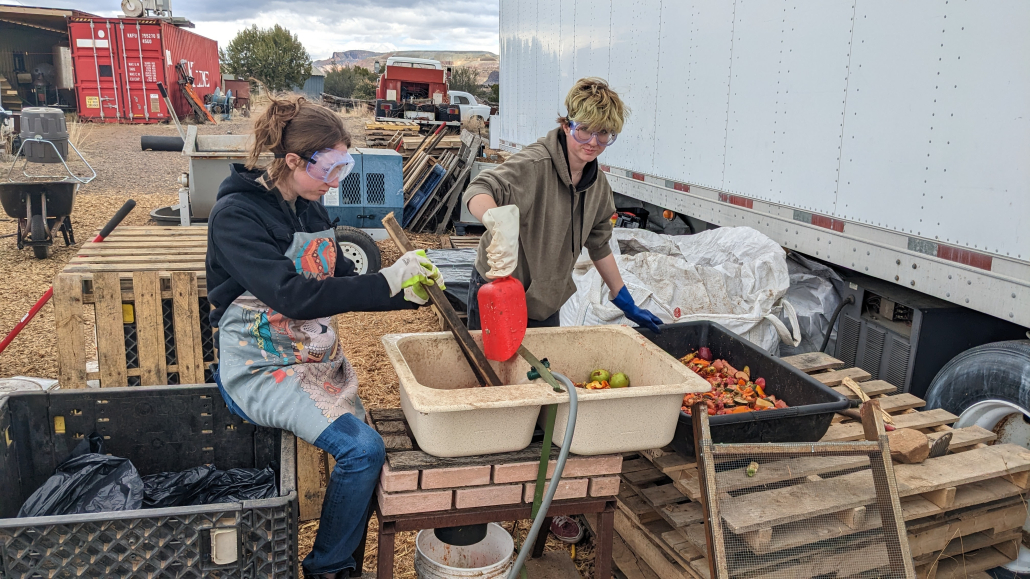
New Earth Project staff grind cafeteria food waste for biochar.
“Many biochar producers are not finding a market to sell to because, for many, biochar is new,” Fugagli said. “We work with Trollworks here in the state and have bought them out more than once. Combining biochar with compost makes sense because we can keep carbon at the roots of our plants where it’s needed rather than in the atmosphere where it causes so much damage.”
The New Earth Compost sits for one year before it can be used. December 2023 is when the first batch will be ready. Marketing their product is their next step. Fugagli said she is contacting larger buyers like a local mine and the New Mexico Department of Transportation to gauge interest in soil remediation projects. They also know that revitalizing agricultural land is a big part of the equation.
“There is no solving our climate crisis without solving the agricultural emissions problem,” she said. “We are working to educate users because you don’t apply it as regular compost – which is what people are used to. You can, but a little goes a long way. Biochar-enhanced compost can help transform ag soils into living soils.”

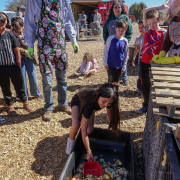 Courtesy Carol Ann Fugali
Courtesy Carol Ann Fugali
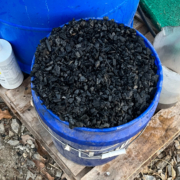
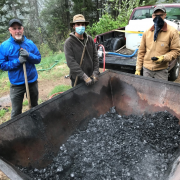 Courtesy
Courtesy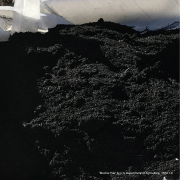
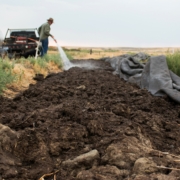
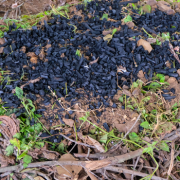
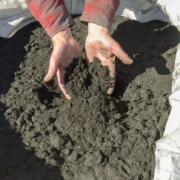
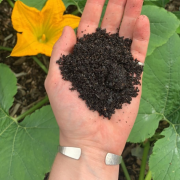 Courtesy Soil Cycle
Courtesy Soil Cycle

